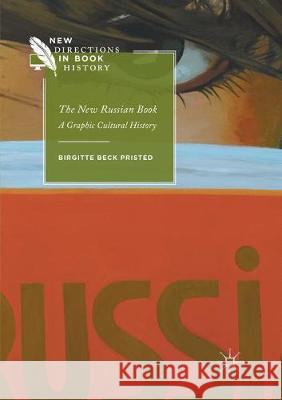The New Russian Book: A Graphic Cultural History » książka
topmenu
The New Russian Book: A Graphic Cultural History
ISBN-13: 9783319844695 / Angielski / Miękka / 2018 / 343 str.
Kategorie:
Kategorie BISAC:
Wydawca:
Palgrave MacMillan
Seria wydawnicza:
Język:
Angielski
ISBN-13:
9783319844695
Rok wydania:
2018
Wydanie:
Softcover Repri
Ilość stron:
343
Oprawa:
Miękka
Wolumenów:
01
Dodatkowe informacje:
Bibliografia











